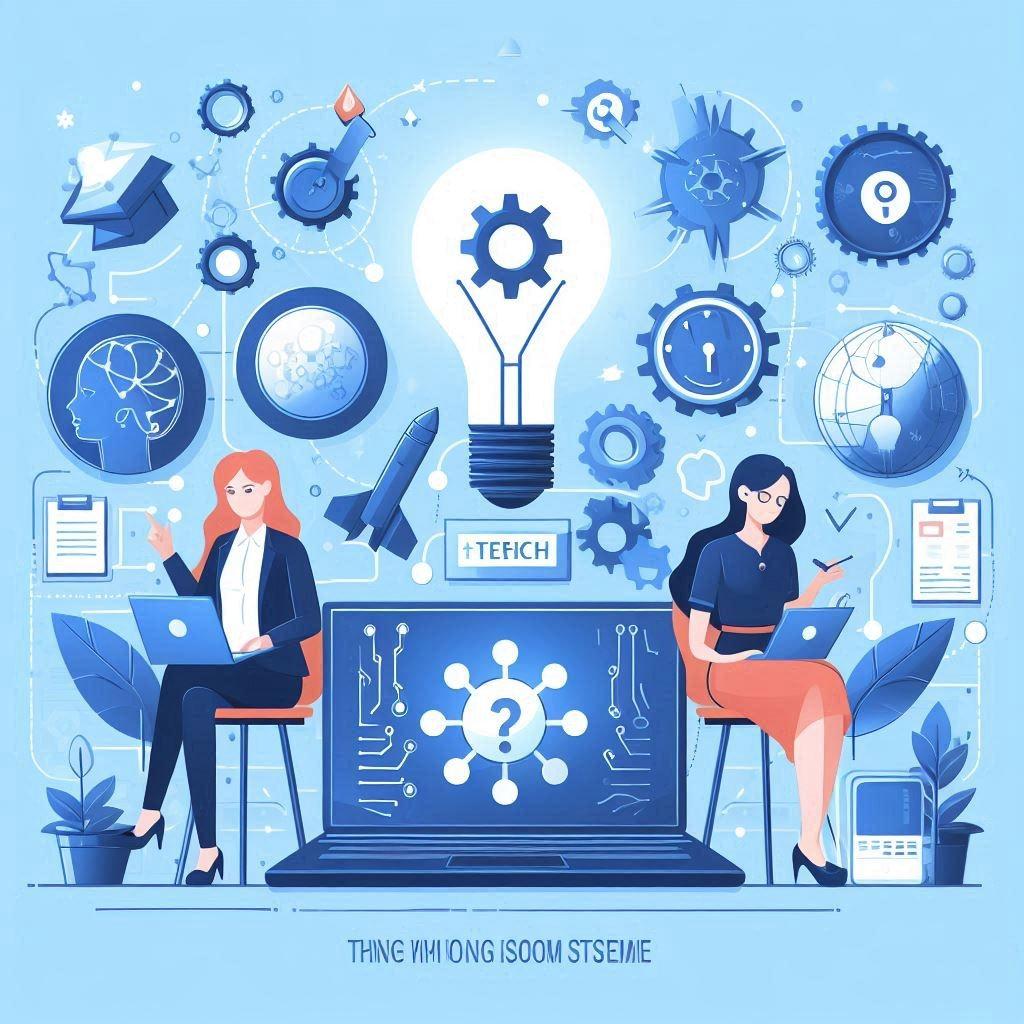Breaking the Glass Ceiling: Why Women Are Still Locked Out of Tech Investing and Innovation.
Ah, the tech industry—home to billion-dollar ideas, disruptive innovation, and... an almost comical lack of women in positions of power.
Let’s talk numbers (don’t worry, we’ll keep it fun).
Only 13% of venture capital (VC) decision-makers are women.
That means a tiny fraction of the people handing out millions to the next big thing are female.
Meanwhile, less than 20% of tech startups are founded by women, and only 28% of tech leadership roles are held by women.
So, where are the women?
Are they hiding?
Have they all started an underground, women-only Silicon Valley where the WiFi is always strong, and no one interrupts them in meetings? (If so, sign me up.)
The VC Gender Gap: Who Holds the Purse Strings?
Picture this: You’re a brilliant female founder with an idea that could revolutionise AI, blockchain, or self-heating coffee mugs (a real need, by the way).
You step into a room full of investors—90% of whom are men in Patagonia vests—and you make your pitch.
They nod.
They smile.
And then they write a $10 million check… to the guy who pitched a dog-walking app with blockchain integration right before you.
Why?
Because VC firms tend to invest in what they know, and historically, that’s been dudes who look like Mark Zuckerberg’s cousins.
There’s also something called "pattern matching", where investors subconsciously look for founders who resemble past successes.
Since most unicorn startups were founded by men, the cycle continues.
This is why only 2% of all VC funding goes to female-led startups. Two. Percent. You have a higher chance of being hit by a meteor than getting major VC funding as a woman.
The Startup Gender Divide: Where Are All the Female Founders?
Less than one in five tech startups has a female founder.
But it’s not because women aren’t innovating—it’s because starting a company without access to funding is like running a marathon with no shoes.
On hot pavement.
While carrying a backpack full of bricks labelled “bias”.
Women-led startups tend to receive smaller initial investments, making it harder to scale.
On top of that, many women don’t have the same professional networks as their male counterparts, because, surprise!
Tech has been a boys’ club for decades.
Then there’s the “double bind” issue:
If a female founder is too assertive, she’s seen as "aggressive" or "unlikeable."
If she’s not assertive enough, investors doubt her leadership skills.
Men, meanwhile, can show up in a hoodie, say “we’re gonna disrupt Deep Tech,” and get a term sheet by lunch.
Women in STEM: The Pipeline Problem
Okay, so if women aren’t getting funded, maybe we should go back further and ask: Are there even enough women in STEM to begin with?
Short answer: Kind of.
Long answer: They’re there, but they’re not staying.
Women start out strong in STEM education, earning nearly 50% of science and math degrees.
But by the time we reach the upper echelons of tech leadership, that number has been cut in half.
What happens?
Workplace culture: Imagine being the only woman in a meeting and having your ideas ignored—until a male colleague repeats them verbatim, at which point they’re brilliant.
Lack of mentorship.
Most senior executives in tech are men, and they tend to mentor other men.
Bias in hiring and promotions.
Women are often hired based on past performance, while men are hired based on potential. (Translation: Women have to prove themselves first while men get the benefit of the doubt.)
Fixing the Problem.
Less Talk, More Action.
Alright, enough doom and gloom. How do we fix this?
1. More Women in VC – The more women making investment decisions, the more funding will flow to female founders. More women = more diversity = better ideas getting funded.
2. Dedicated Funding for Female Founders – Some firms (like Female Founders Fund and BBG Ventures) are already prioritising women-led startups. More of this, please.
3. Better Networks & Mentorship – Women in tech need stronger networks, more mentors, and better sponsorship from executives who can open doors.
4. Systemic Change in Tech Culture – We need transparent hiring practices, equal pay, and a workplace where women aren’t constantly fighting for credibility.
Final Thoughts: Time for a New Era.
The next Google, Spacex, or Openai could be sitting in the mind of a woman right now—but if we don’t change how we fund, mentor, and support female founders, the world may never see it.
Tech isn’t just for men in hoodies.
It’s for everyone with a game-changing idea.
Let’s start investing like it.




Comments
Post a Comment